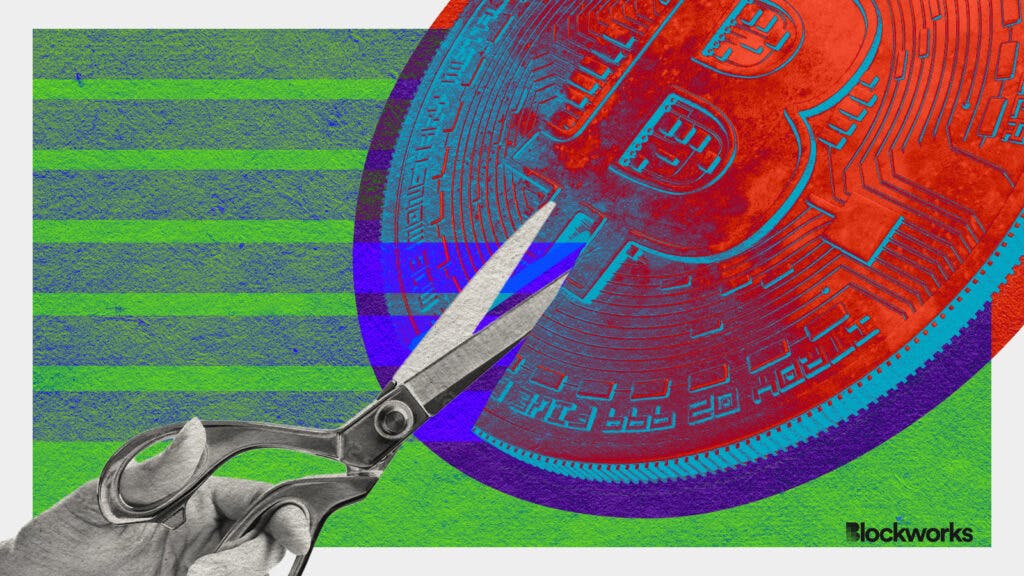The per-block reward paid to Bitcoin miners will be cut in half from 6.25 BTC to 3.125 BTC later this month. The network's fourth halving event is a headache for even the most resource-rich mining companies, but for those operating mining rigs from home, thin profit margins could become even thinner.
For miners, the formula is simple. Your investment will pay off if the price of Bitcoin increases due to the halving. Otherwise, a small miner could end up with a bunch of dormant ASICs, high electricity bills, and little chance of breaking even.
read more: Impact of halving on Bitcoin price
Some at-home miners placed their bets on the r/BitcoinMining subreddit.
“Personally, I would need 70k to break even after halving,” one poster wrote. Another official said BTC needs to reach $79,000 to break even and $140,000 to regain current profit margins.
“Mining isn’t worth much these days, especially after the halving,” they wrote.
For DIY miners, there are complicating factors beyond price. One of the variables is Bitcoin's hash rate, which has increased at an accelerating rate throughout the network's history. Hashrate is essentially a measure of the amount of competition to mine Bitcoin blocks. Electricity costs are rising in areas where miners live, and the situation could become even more difficult as power grids, especially in the US and elsewhere, face demands for compute-intensive AI.
read more: 20% likely to go offline after Bitcoin network hashrate halved: Galaxy
The probability that an individual miner will succeed in mining Bitcoin on their own is extremely low. Many choose to join mining pools that coordinate and share rewards among multiple miners while charging different fees. This is apart from the fact that the miner's price fluctuates and his more efficient ASICs are released over time.
Home miners can input these variables into online mining calculators to gauge their profit potential, but some have given up hope altogether. Some forum posters are encouraging prospective miners to instead buy Bitcoin gradually, a process known as dollar-cost averaging.
Two miners told Blockworks that using mining rigs to heat homes is one way to make home mining more profitable. ASIC miners emit heat while running, and some Bitcoiners have developed a way to capture this heat and circulate it around the home.
read more: Why most Bitcoin mining stocks are falling amid the continued rise in cryptocurrencies
Antoine Desjardins, a Canadian-based at-home miner who generates heat by mining Bitcoin, said in a direct message: “When you can mine and don't have to pay for natural gas, you become much less price sensitive. ” he said.
Pseudonymous miner Ndgo, who publishes calculations on home mining profitability on Page X, told Blockworks that miners need to harness the heat of ASICs for home mining to make sense in the long term. Ta.
However, those already in the mining game will not be deterred by the halving, ndgo added.
“People have been planning for the halving, some since the last halving, many since last summer. [a] There have been very few since October,” ndgo wrote. “Everyone knows it's coming. You should be fine.”
Don't miss the next big story – join our free daily newsletter.

